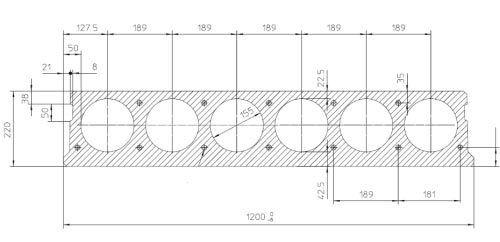Concrete floor slabs - classification of products, structures made of polystyrene concrete, expanded clay concrete, foam concrete
Concrete slabs for floors have been used since the mass production of reinforced concrete products. Experts from all over the world have recognized that this option for arranging interfloor structures is the most convenient and cost-effective. Until recently, they were made of high-strength concrete, but now light, cellular types of material have begun to be widely used.
Varieties of plates
Extensive experience in the use of this material in construction determines a fairly wide range of products presented. Of course, in each niche there is a detailed classification according to its GOST standards. But, despite this, the production of all products can be conditionally divided into several areas.
Product classification
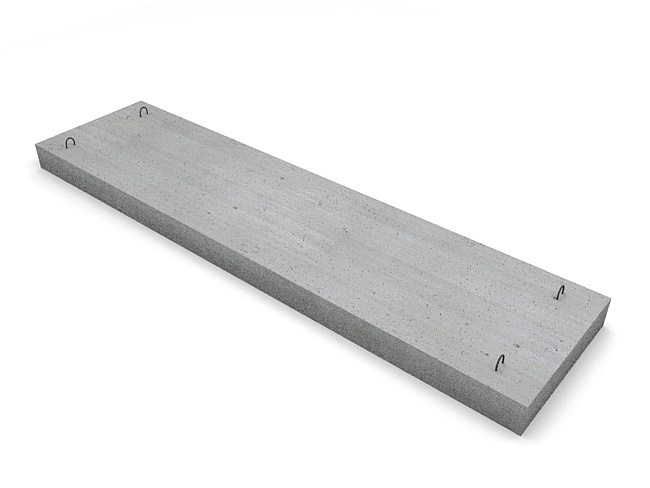
- Solid or solid cast slabs, marked as PTS. They are monolithic structures reinforced with a steel frame. They have a high, as a rule, are used in buildings with a large design load. In particular, they are widely used in industrial and multi-storey construction. But the scope of use is significantly limited to a serious mass.
- Ribbed products, marked as PTR. They are a monolithic slab equipped with stiffeners, which can be located both in one and in two directions. Most often, with the help of these structures, ceiling or floor installation is carried out in industrial buildings, mats, warehouses, etc. Due to the reinforcing ribs, they have a sufficiently high resistance to mechanical stress.
- In private and residential construction, hollow slabs are the most common, they are marked as PTM. These products have in their design oval or round voids located inside the plate. Due to this feature, they have increased heat and sound insulation. Plus, and importantly, the weight of a concrete floor slab with internal voids is significantly reduced.
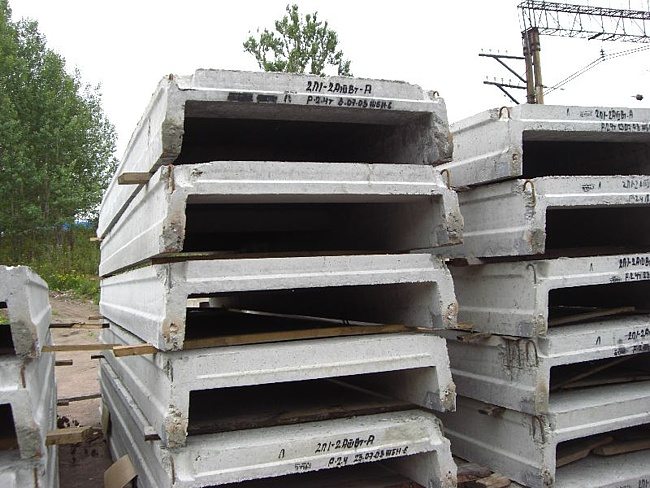
Concrete products
As mentioned earlier, this type of product has been produced for a long time.
In the construction of most of the currently existing high-rise buildings and low-rise buildings, it was precisely such reinforced concrete products that were used.
- Almost all reinforced concrete plants produce a certain range of floor slabs. The length of the product can vary from 1600 mm to 15 m. In width, the size range is also quite large from 600 mm to 2.4 m. The thickness of most series-produced products is 220 mm. The weight of a concrete floor slab can be different, depending on the size of 0.5 - 4 tons.
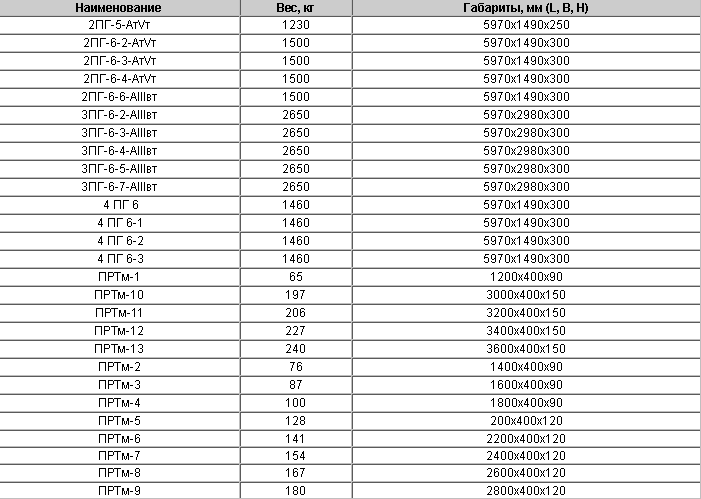
Important: think about what dimension is right for your home better in advance.
And immediately find out if the nearest concrete goods plant produces such slabs.
Because the cost of concrete floor slabs necessarily includes transportation costs.
The price for the same product can vary significantly depending on the distance.
- The sizes of concrete floor slabs have the widest range, so not every factory can meet the size that you need specifically. Traditionally, the brand of concrete for the floor slab is taken M200 - M300. But for low-rise construction, you can use products of the M150 brand. Plus most factories can work individually, but the price will be higher.
Structures made of polystyrene concrete
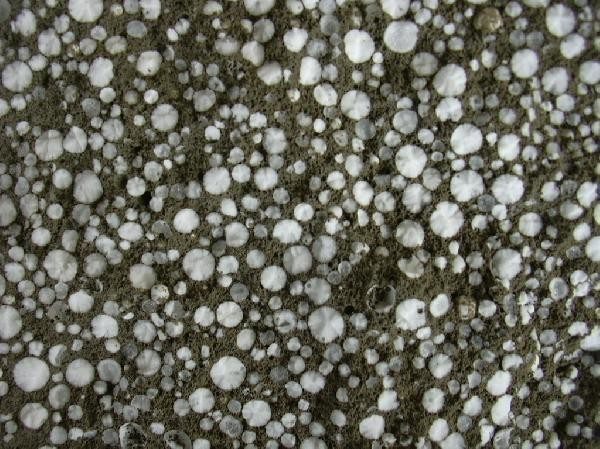
- Polystyrene concrete belongs to one of the varieties of cellular materials. It appeared relatively recently and is a product of modern technology. This material has good strength and low weight, due to which it is widely used in the construction of modern buildings with a large number of storeys.
- In addition to the uniquely high performance characterizing sound and heat insulation, polystyrene concrete floor slabs have a very low moisture absorption coefficient. Thanks to this, the floor slab made of polystyrene concrete practically does not get wet and does not freeze through. Plus, it has high adhesion, does not require the arrangement of an additional screed and reinforced waterproofing.
Expanded clay structures
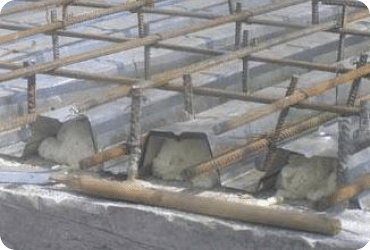
Floor slabs made of expanded clay concrete, as well as building blocks made of this porous material, are currently especially popular among residents of Western Europe. This is explained by the fact that this material is considered completely environmentally friendly.
It consists of cement, sand and specially fired clay.
- By themselves, expanded clay concrete floor slabs, like all porous concretes, have high heat and sound insulation. The material is quite strong in compression, but the elasticity of expanded clay concrete leaves much to be desired, so such slabs require denser reinforcement using metal beams and channels.
- This material is often poured directly at the installation site with your own hands. To do this, the space below is hemmed with corrugated metal sheets, grades HC35, HC44 or H57. After that, it is well reinforced, the formwork is exposed and the mortar is poured.
Foam concrete structures
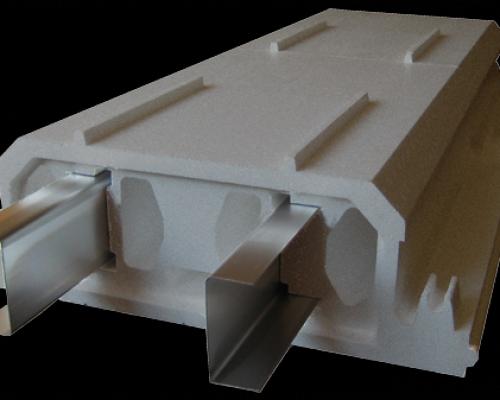
Germany is considered the birthplace of this material. It appeared in the early nineties. It is made from a certain type of cement, sand and special additives.
The principle of production is similar to yeast dough, all components are combined in the finished form, a baking powder is added, due to which the mass “rises” and.
- This material is valued for its lightness. But there are also disadvantages. So foam concrete floor slabs need good waterproofing. The fact is that the material is able to strongly absorb moisture, therefore, in winter conditions, if the cladding is not done correctly, the blocks can freeze and collapse.
- Foamed mass blocks, like expanded clay blocks, are afraid of mechanical bending loads. For this reason, foam concrete floor slabs are most often used in low-rise construction.

- Preparation for installation begins at the stage of wall construction. At this time, masons should put horizontal marks, which will be a guide for even installation of the slab.
- If brickwork is being done, then the top row should be made using the poke method.
- If the slabs are laid on a load-bearing partition with a thickness of at least 1.5 bricks, then it is desirable that the top be made of solid bricks.
- It is advisable to fill the voids in the floor slabs on both sides, and even while the product is at the bottom. As a rule, voids are sealed at the factory, but after transportation it is better to check.
- Installation instructions for floor slabs, with all norms and tolerances, are prescribed in SNiP 2.08.01-85. But experienced builders advise resting the structure on 2 short sides, with a wall approach of about 120 mm.
- Often there are disputes about whether it is possible to mount a concrete slab supported on 3 sides, that is, 2 short side and 1 long. According to the same SNiP standards, this is possible, but subject to special reinforcement.
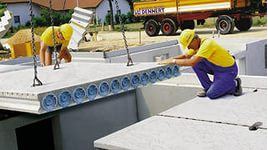
Important: it is highly undesirable to lay the structure on 2 short sides, plus a transverse support in the form of a wall in the middle.
The plate can crack, and unpredictably.
If such a need arises, then reinforced concrete is cut with diamond wheels, to the depth of the circle, in the middle of the transverse support.
So, if the slab does crack, then in a safe, pre-planned place.
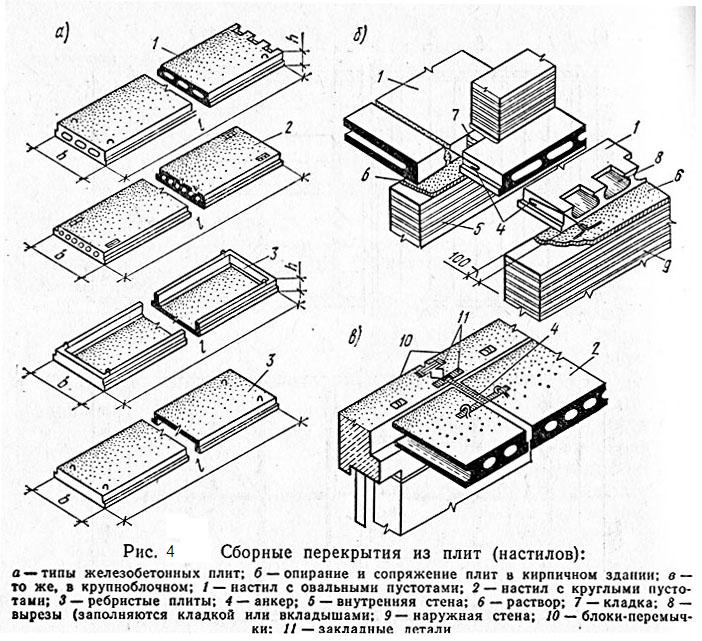
Mounting on porous blocks
If floor slabs are laid on expanded clay concrete blocks or other porous material, then heavy structures cannot be mounted directly on load-bearing walls, they can quickly collapse.
In this case, they do it in two ways.
- Firstly, if the blocks are monolithic, then a formwork is arranged in the area of the interfloor overlap, a reinforcing cage is laid in it and concrete or a cement-sand mixture is poured.
- Secondly, the best and more convenient way out would be to buy special porous U-shaped blocks, which are designed for mounting a reinforced structure inside them and pouring with concrete. Such a belt will be less noticeable, but also durable and reliable.
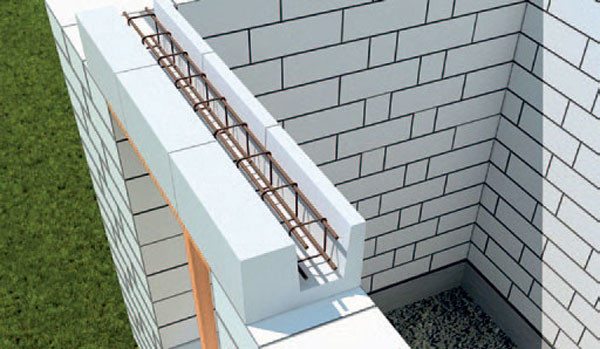
Important: if the slab needs to be cut, then in addition to diamond discs, diamond drilling of holes in concrete is used.
First, a series of holes is made at intervals of about 100 mm.
After that, you need to cut through with a diamond disc.
Further, the product is split with a crowbar and a sledgehammer, the reinforcement can be cut off with a grinder or a power cutter.
The video in this article shows a number of other useful tricks.
Output
Of course, the question of how much a concrete floor slab costs is important. But in order not to throw away extra money or not to strain yourself trying to cut the product, we advise you to decide in advance what specific size and what material you need.
